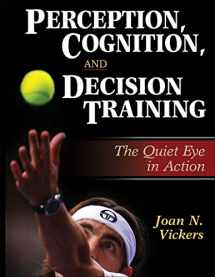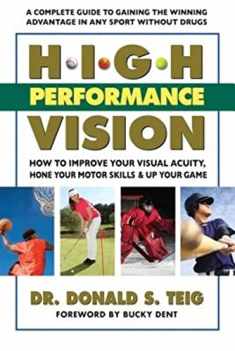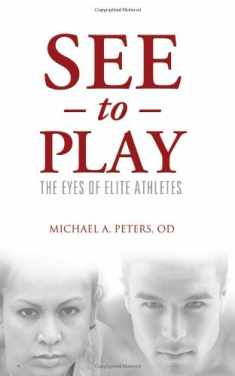
Perception, Cognition, and Decision Training: The Quiet Eye in Action
Book details
Summary
Description
Athletes must be able to make split-second decisions under the pressures of competition, but often this vital learning is left to chance. With Perception, Cognition, and Decision Training: The Quiet Eye in Action, readers gain access to the research foundations behind an innovative decision-training system that has been used successfully for years in training athletes.
Certain to become the definitive guide to decision making in sport, this text presents three innovations solidly based in research. The first is the vision-in-action method of recording what athletes actually see when they perform. The second is the quiet eye phenomenon that has attracted considerable media attention. The third innovation is decision training to identify not only how athletes make performance decisions but also how to facilitate visual perception and action to enhance performance. Author Joan Vickers—who discovered the quiet eye and developed the vision-in-action method—takes the next step by integrating all three innovations into a system for helping athletes improve. Together, these advances provide scientific evidence of the effectiveness of perception–action coupling in athletes' training.
Perception, Cognition, and Decision Training: The Quiet Eye in Action is applied to a variety of sports and settings through a three-step decision-training model and seven ready-to-use tools for encouraging athletes to become part of the decision-training process. These tools are research-based concepts that coaches can choose from in order to help train athletes on a specific decision-making task in a simulated competition context. The book also uses these features:
-Informative chapter-opening items provide an overview of the content, and special sections recap the previous chapter and introduce the next.
-Screen captures from the latest in eye-tracking technology show what athletes actually see, where their eyes are directed, and how their gaze differs depending on their ability level.
-Boldfaced key terms and a thorough glossary make it easy to identify key concepts in this emerging field of study.
-Chapter-closing in-action sections provide an opportunity to visit Web sites, read articles, or complete tasks to discover how the concepts learned can be applied.
-Case studies show how coaches and athletes in various sports have successfully used gaze control and decision training.
The book is organized into three parts. Part I introduces the visuomotor system and two processing systems that work together to permit the great range of actions humans perform. Eye-tracking technology is reviewed along with new possibilities for measuring what athletes really see when they perform. In part II, the author presents a unique framework of gaze control. Readers will learn how skilled athletes control the gaze to gain optimal control of their attention and decision making. The quiet eye phenomenon, measurement, and training are also addressed.
Part III describes the three-step decision-training model and its application to how coaches design practice, provide feedback, use questions, and give instructions. Case studies show how others are using the model and the seven decision-training tools.
Decision training is designed to improve athletes' attention, anticipation, concentration, memory, and problem-solving skills, leading to extraordinary long-term gains. The cutting-edge research presented in this book allows readers to appreciate the growing importance of cognition, vision, and decision making; it also shows them how to apply this knowledge to sport training and coaching.


We would LOVE it if you could help us and other readers by reviewing the book
Book review





